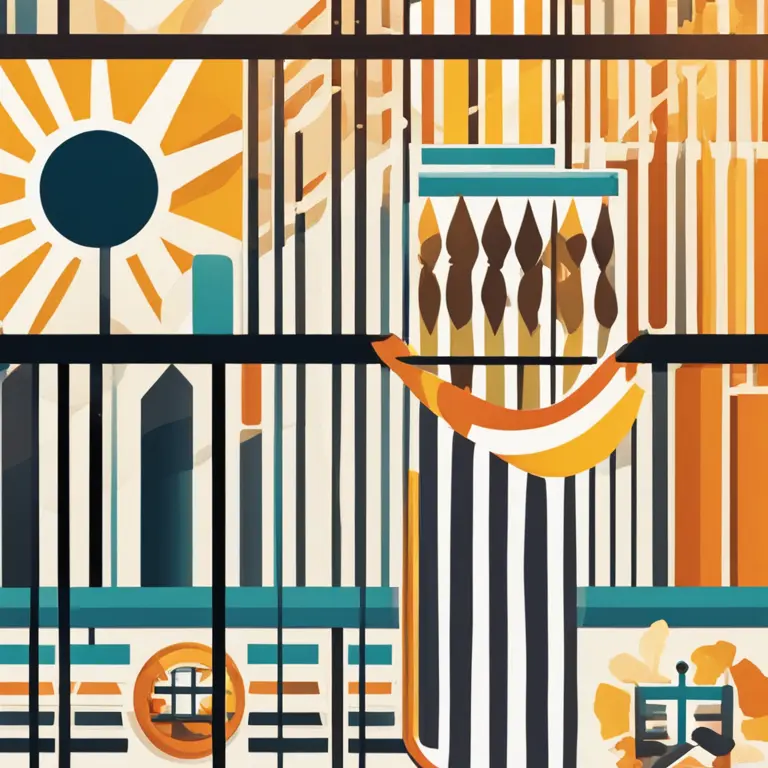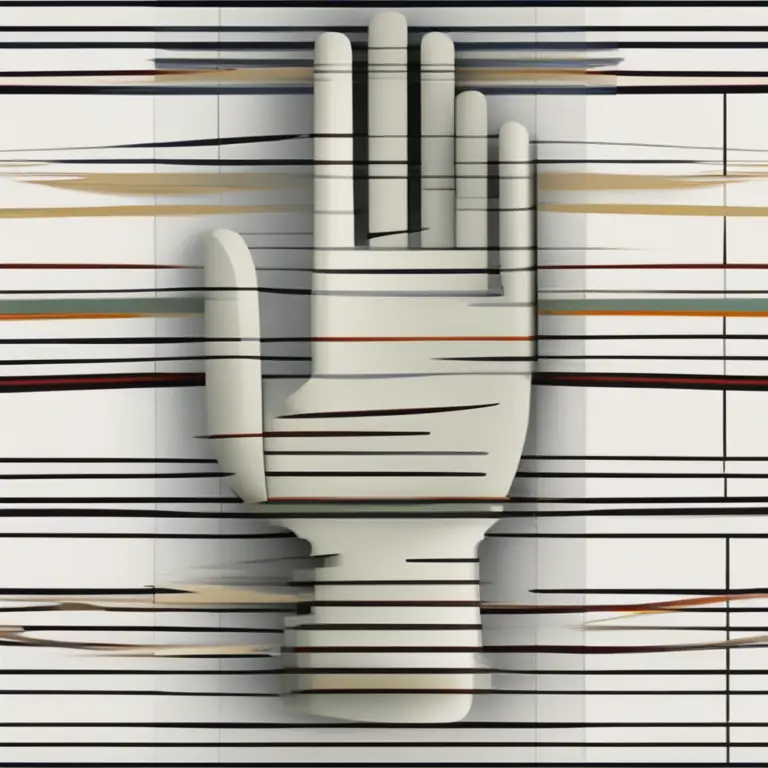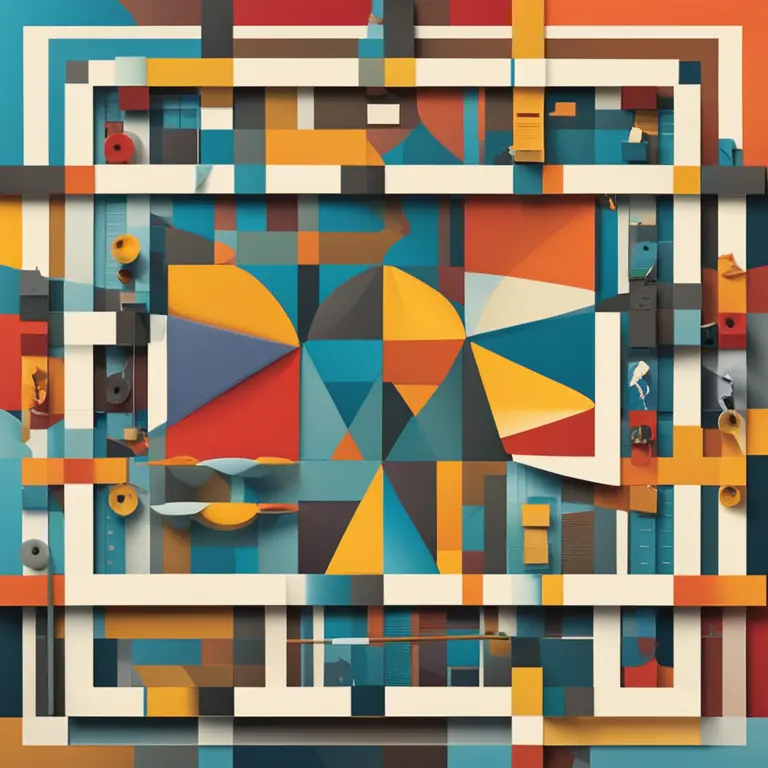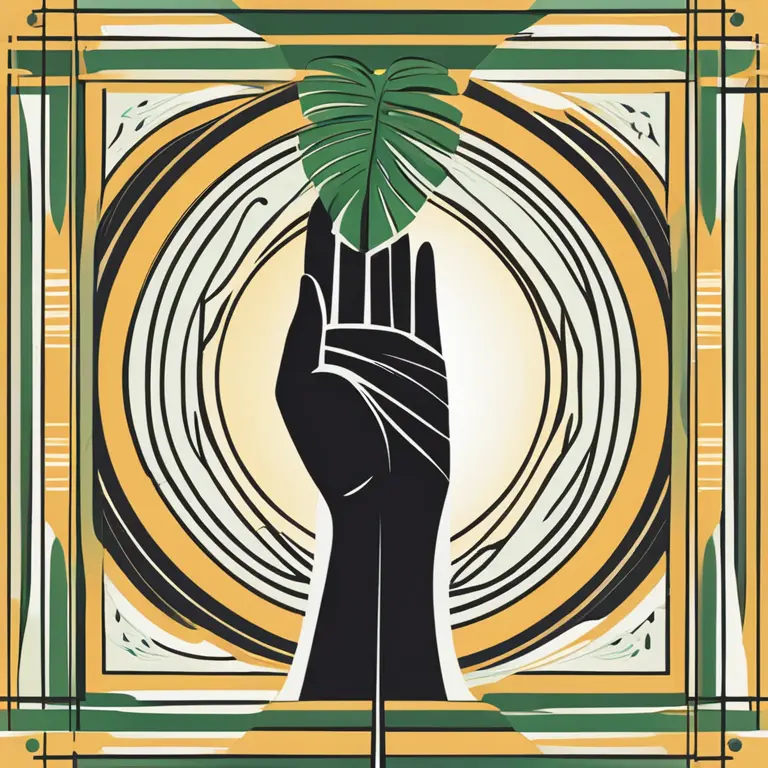
Palmistry and Career Paths: Insights from Your Hands
Discover how the ancient practice of palmistry can provide insights into your professional potential and career trajectory.
article by Nora Pennington
Introduction to Palmistry in Career Guidance
Palmistry, or chiromancy, has been practiced for centuries as a way to interpret an individual's characteristics and future through the study of their palms. With roots that can be traced back to ancient civilizations such as India, China, and Egypt, this art has evolved through time and across cultures. Today, as we stand in 2024, palmistry remains an intriguing tool for those seeking guidance in various aspects of life, including career-related decisions. By examining the lines, shapes, and mounts on our hands, we can glean insights into our professional aptitudes and tendencies.

Lines of Destiny: The Career Line
When discussing careers in palmistry, the most prominent feature to consider is the Career Line, also known as the Fate Line or Line of Destiny. This line typically runs vertically from the base of the palm towards the middle finger and can reveal an individual's work ethic, career changes, and professional growth. While not everyone has a clear Career Line, its presence can indicate a person's potential for a successful career path. A deep and unbroken line suggests a smooth career with few obstacles, while a fragmented or wavering line may point to a variety of professional experiences with numerous adjustments.

Mounts and Career Aspirations
Beyond lines, the mounts of the palm—the fleshy pads beneath the fingers—are also telling of career propensities. For instance, a well-developed Mount of Jupiter, located at the base of the index finger, denotes leadership qualities and ambition, hinting at potential in managerial or executive roles. The Mount of Saturn beneath the middle finger speaks to a person's dedication and wisdom, often associated with careers in academia or research. Analyzing the mounts can help uncover inherent strengths and guide career choices aligned with an individual's personality.

Sun Line and Public Recognition
The Sun Line, also known as the Line of Apollo, complements the career line in forecasting occupational success. Originating from the Mount of Moon and stretching upwards, it's associated with creativity, fame, and fortune. Its clarity and length can signify the potential for public recognition in one's career, often in fields like the arts or entertainment. A strong Sun Line can amplify the positive attributes of the Career Line, indicating an individual's likelihood of achieving the spotlight in their chosen field.

Fingers and Their Correlation with Career
Fingers and their shapes and lengths offer additional context in career palmistry. Long fingers may point to attention to detail and precision, suitable traits for careers in the sciences or fine arts. Short fingers, conversely, might suggest a person who is pragmatic and decisive, qualities valued in business or law. The thumb is particularly important as it represents willpower and logic—key elements in many professional environments. A flexible thumb indicates adaptability, a trait that's increasingly important in the modern job market.
Applying Palmistry to Modern Career Challenges
It's fascinating that ancient practices can still apply to modern-day situations, particularly in the constantly evolving professional landscape we see in 2024 and beyond. As job roles transform with technological advances and societal shifts, palmistry offers a personal touch in career guidance. When aligned with other self-assessment tools and professional advice, palm reading can serve as a unique means to explore one’s vocational calling, helping individuals to navigate their professional journey with added confidence.
Published: 1/11/2024
Modified: 1/12/2024
More predictions
Come back here soon to learn more about yourself and your future


Can We Trust Palmistry?
Delving into the realm of palmistry, this article examines its credibility and place in contemporary spiritual practices.


Can Palmistry Predict Your Path Incorrectly?
Delving into the accuracy of palm readings, this article examines whether palmistry can lead to incorrect predictions about one's life and destiny.


The Possibility of Palmistry in Cancer Detection
Examining the claims that palmistry holds any potential in identifying the risk of cancer: a deep dive into the world of mysticism and medicine.